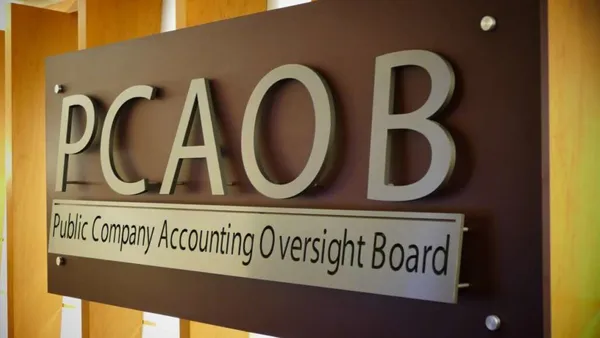With inflation now a persistent problem, most companies are looking to trim budgets where they can. For some, this includes money allocated for ERP modernizations.
Technology providers are still forecasting growth this year, according to recent Forrester data, signaling that companies still plan to invest more than last year.
Spending growth, however, is decelerating, with Forrester estimating the rate will slow from 7.4% in 2022 to 5.4% this year due to impacts from interest rate hikes, low GDP growth, high inflation and energy costs.
ERP overhauls, a costly and often disruptive undertaking, have been placed under the microscope by IT leaders, as companies weigh the risks and rewards of taking on such projects now or deferring them.
Companies don't want to risk embarking on large ERP or digital transformation projects and end up spending more due to delays, said Akshara Naik Lopez, senior analyst at Forrester. But projects moving ahead face sharper scrutiny and analysis than before.
Under the microscope
Most clients are moving ERP projects along despite headwinds, according to Naik Lopez.
“They look at ERP as a mission critical application,” she said. These companies also recognize that stopping an ERP project already in progress, or stopping one already mapped out, will most likely end up costing more at a later date.
The larger sticker price could come from:
- Costs to stop and start
- Lost opportunities caused by relying on an old ERP that doesn’t meet company needs, or
- Paying for on-prem services that would be cheaper and more efficient in the cloud.
But these companies are still “taking a more careful approach to their ERP modernization,” she said. Companies are scrutinizing vendor contracts to “make sure they’re more outcome-based to justify that cost,” she said.
This trend indicates a shift from the worst parts of the COVID-19 pandemic, when companies were more likely to throw money around as they scrambled to reconfigure operations.
Now, enterprises are prioritizing on the key aspects of their operations, Naik Lopez said.
What to do with delayed ERP projects
Not everyone is moving full speed ahead in a shaky economic world.
Some companies that typically did upgrade cycles every 18 months are now stretching that to 24 or 36 months, according to Kevin Beasley, CIO at VAI, an ERP software solutions provider.
Companies are also feeling a pinch due to additional security requirements, he added. ERP modernization dollars may need to be shifted toward cybersecurity, especially given the March 2 announcement of the National Cybersecurity Strategy. The security framework pulls the burden of cybersecurity away from consumers and onto technology providers.
This executive order will have less of an effect on sectors that are already highly regulated, like food production and pharmaceutical, because they already have strict cybersecurity requirements.
“If you’re making widgets, that’s going to impact what and where you spend your resources,” Beasley said.
If an ERP project is paused
Even the most convincing CIOs may not be able to sell fellow C-suite leaders on the cost of an ERP modernization. But that doesn’t mean CIOs need to sit idle.
“If you find yourself in a situation where you don’t have the funds to kick off that modernization program, there is still so much you can do in terms of discovery analysis and planning,” Naik Lopez said.
That way, once the project gets the green light, CIOs will be ready to spring ahead with groundwork already in place.
Executives can also explore where to find efficiencies in newer software, and determine how much technologies such as AI could cut costs in an ERP, to bolster their chances of securing funding."
“CIOs have to do their homework and put numbers on paper,” Beasley said. “Everybody’s going to be vying for portions of that budget for their area, and the company as a whole will look at what’s best for the company.”














